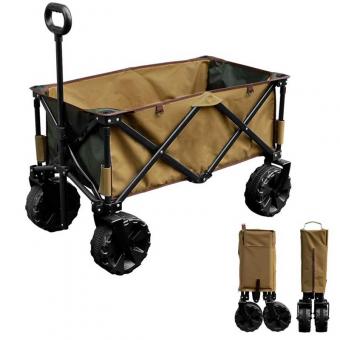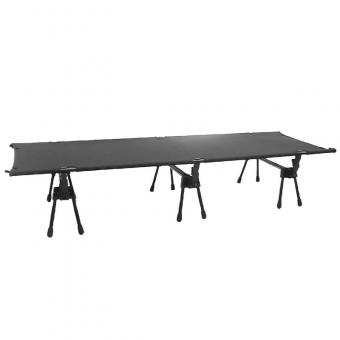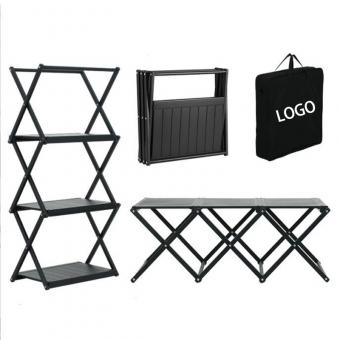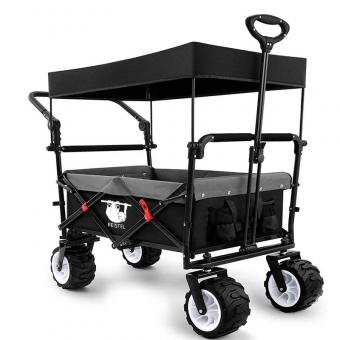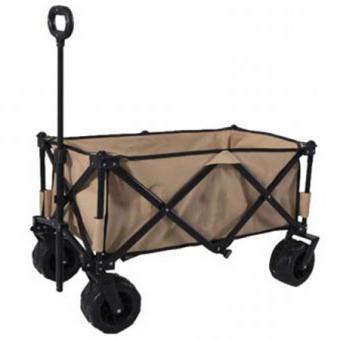In fact, camping can be considered an "imported product". The term 'camping' can be traced back to the temporary outdoor accommodation and facilities built by early humans during activities such as nomadic, hunting, migration, and military activities. Camping itself is closely related to travel and is an essential component of people's various outdoor activities. Early camping in human society was a passive camping activity aimed at production or military activities. The camping we are referring to now refers to modern recreational camping.
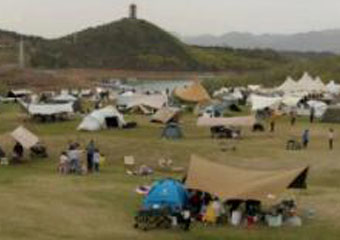
The origin of recreational camping dates back to 1853. At that time, the British man Houtin crossed a large grassland of 1930 kilometers in the United States with a team of over 300 four wheeled carriages. Later, he used canoes and bicycles as transportation tools to camp in the United States and Scottish Highlands, and published the world's first "camper's manual" in 1908. It describes an article about tent making, depicting no less than 10 types of tents that can be built, ranging from simple single slope tents to complex canoe tents.
In 1907, the world's first camping club was established in the UK by merging the original "Bicycle Campers Organization" with several other clubs. In 1909, the club was chaired by the famous Antarctic explorer Captain Scott.
Another event that marked the beginning of modern recreational camping was in 1861, when the Fredericks in Washington, USA opened a home school for boys. That summer, the couple led their children on a two-week outdoor hiking trip. The children camping, boating, fishing, and hunting during their travels.
Early European colonizers engaged in colonization activities in the Americas, as well as the Western Development of the United States in the 19th century, which gradually established towns and developed economies on the wilderness. During this process, those pioneers relied to varying degrees on camping for wilderness life. Camping gradually became a way of outdoor leisure in the United States in the mid-19th century, and some camping organizations began to be established in the late 19th century. The educational function of camping activities is highly valued in the United States, and organized camping activities are considered an educational undertaking.
Religious groups led by the YWCA and YMCA have also carried out camping activities for leisure and education since the 1970s. In the early 20th century, Boy Scouts and Girl Scouts founded with religious backgrounds, as well as their campsites, emerged in the United States one after another.
From the early organized camping activities mentioned above, we can see that modern recreational camping activities are a product of the development of human society to a certain stage. When people no longer strive for basic survival requirements such as food, clothing, warmth, and personal safety, and when social productivity reaches a certain level, people's pursuit of spirit and knowledge, as well as their demand for tourism, leisure, and outdoor sports, gradually emerge. The invention and updating of transportation tools have provided more convenient conditions for people's needs.
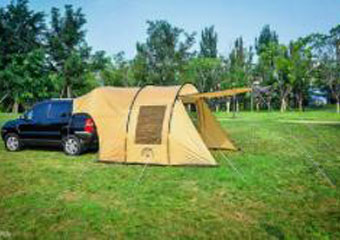
In the early 20th century, when the automotive industry emerged and people could own their own cars, driving for tourism became fashionable. Many trips that were previously completed using carriages or steam trains gave way to cars. People can travel further and see more during limited holidays. Since then, car camping activities have emerged in countries such as Europe and America. In 1910, the predecessor of the American Camping Association, the American Camping Ground Managers Association, was established. This also marks the beginning of camping becoming an industry in Western countries.
In order to protect and manage its large natural scenic spots, the United States began to formulate the system of national parks and State park as early as the 1870s. Its symbol is the establishment of Yellowstone National Park. This is also the first place in the world named after a national park. In 1916, the National Park Service was established under the Department of the Interior, which was responsible for the management and protection of 14 national parks and 21 monuments at that time. In the 1930s, in order to restore people's leisure and entertainment needs after the Great Depression, corresponding areas were designated in many national parks for people to camp and relax while driving. This has also pushed car camping activities to a new stage.
In 1932, the International Camping Federation (FICC), initiated by the United Kingdom, was established. Since 1933, except for a few years in the World War II, this worldwide organization has hosted a camping conference in different countries and regions every year. The 76th World Camping and RV Camping Conference, organized by the International Camping Association, was held in June 2010 at the Umag Park campsite in Croatia. 2.5 million members from 32 countries have registered with the association.
The economic recovery after World War II led many sports and leisure clubs in the United States to form large camping associations and consortia. The National Camping and Walking Association (NCHA) and the North American Family Camping Association, as well as the Canadian Camping Club, joined the International Camping Federation at this stage.
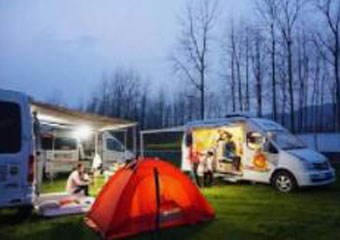
In 2009, the total number of camping participants in the United States was 44 million (aged 6+), accounting for approximately 15.6% of the total population. The total number of camping days was approximately 580 million, with an average of 13.2 days per participant.
RVs and campsites are closely connected, and RV camping clubs began in the United States in the 1920s and 1930s. At that time, some brave campers who used RVs on long-distance trips paved a piece of land on the roadside, where everyone used gasoline stoves to heat food cans and take cold baths. Tourists traveling around the world by self driving and carrying sleeping bags, makeshift beds, tents, cooking utensils, and food are the best way to travel for leisure and vacation, as their travel costs are low and bring endless fun to tourists. The development of self driving tourism has driven the birth of new RV products and camping sites.
RV travel and RV camping, after a century of development, have already become a part of leisure tourism and even life for European and American residents. For example, in 2015, over 8.5 million people in the United States used RVs, and almost every 10 households with a car owned one RV. This number has been increasing since then; Japanese households own 1 million RVs; Germany has the highest RV ownership rate in the world, with approximately 13 million RVs in the country as a whole. In the 21st century, the "RV tribe" emerged in the United States, which is known as the "RV tribe". Whenever summer arrives or on weekends and holidays, about half of the average American family travels around in their RV parked in their backyard.
Shop Camping products
In China, the earliest development of camping was in Taiwan, where the construction of camping sites was relatively mature. In early 1970, Taiwan had already established a camping association.
Since the mid-1980s, domestic tourism in China has emerged and continued to grow rapidly. At present, the average annual travel volume of domestic residents in China is close to 900 million, making it the largest tourist market in the world, which is envied by many tourism peers in many countries. According to figures released by the National Tourism Administration, in 2004, the number of domestic tourists in China reached 1.102 billion, an increase of 26.61% compared to the previous year; The domestic tourism revenue was RMB 471.1 billion, an increase of 36.86% compared to the previous year; The per capita expenditure of domestic tourists reached 427.5 yuan. This is undoubtedly the strongest and most solid foundation for the development and development of various tourism, including car tourism.
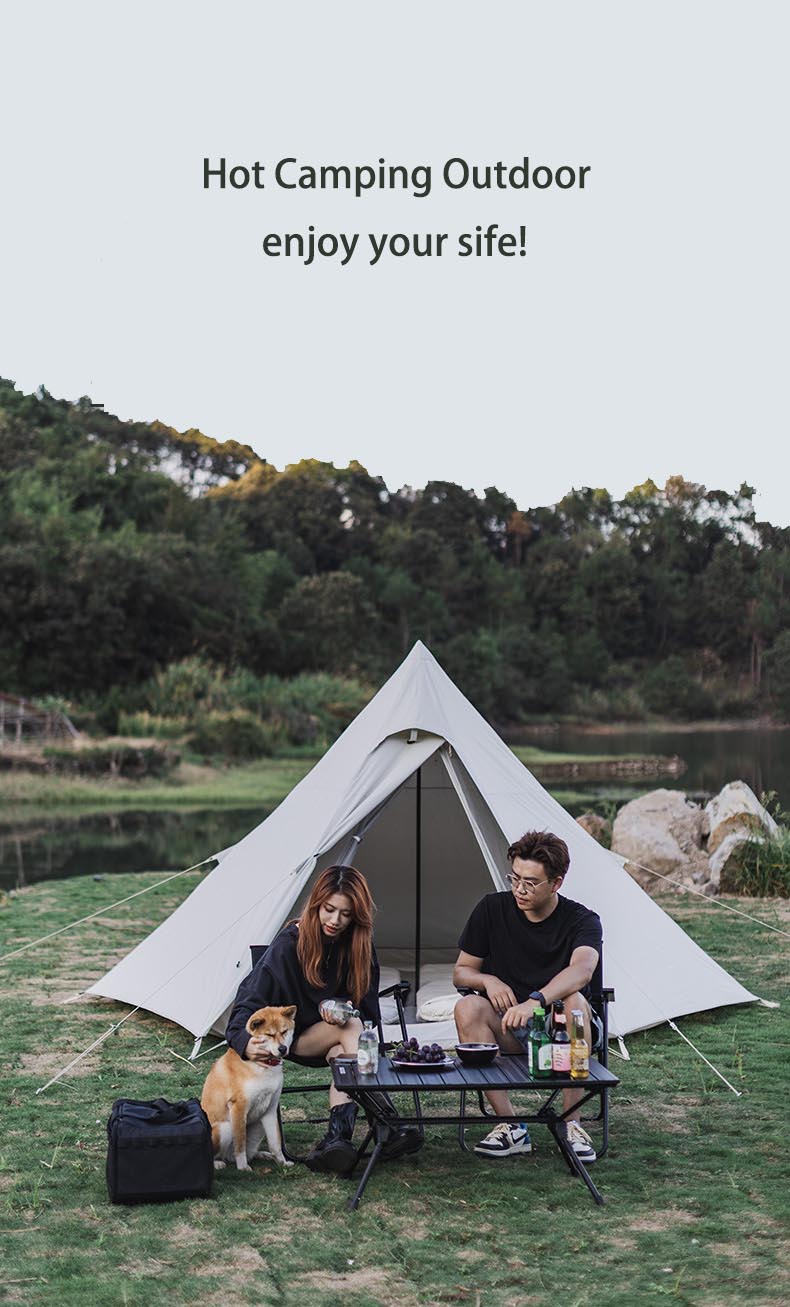
The main driving force behind the rise of China's automobile tourism is the market. With the demand of the market for automobile tourism, everyone considers how to organize and develop automobile tourism products to meet the market demand, and then to promote market demand and further increase, and gradually realize the great development, Universal generalization and high value of automobile tourism.
Since the 1990s, car tourism in China has gradually emerged, and by the 21st century, it has received greater attention. The proportion of cars owned by China is significantly increasing, and cars have entered households in large numbers. Self driving travel has become an important way of family travel and free travel.
China is rich in tourism resources. Vacations and leisure activities around cities can be taken by car, while those farther away can participate in self driving camping groups by caravan. Car clubs can organize more professional self driving camping groups, and travel agencies can develop various self driving camping routes such as desert car exploration, car tours, crossing the Qinghai Tibet Plateau, and revisiting the Long March Road. Accustomed to seeing deserts, Gobi, loess, and snowy areas, one can also participate in self driving camping, drive along the Silk Road to Jiangnan water towns and the seaside, and take a look at the beautiful scenery of China's vast sea border along the highway. On the contrary, residents of Jiangnan water towns, beaches, and islands can spend two months driving in groups to the inland and western borders of their motherland, experiencing the scenery of the border and the magnificent desert plateau. Therefore, the vast territory, pleasant climate, diverse landscapes, and abundant resources are undoubtedly important foundations for the development of self driving camping in China.
From this, it can be seen that the rise and development of self driving camping is a product of a certain period and stage of social development, and China's tourism industry has entered a higher level and updated stage. It is also an inevitable trend of China's tourism industry development.
In China, the majority of views are based on the 1999 New Year's Eve film "See You Not Farewell" as a symbol of the emergence of Chinese RVs. This year, the first joint-stock enterprise engaged in RV leasing, manufacturing research and development, and RV operation agency emerged in China. During the "11th Five Year Plan" period in 2002, RV tourism began to test its waters. Around 2008, domestic RVs began to be widely put into production. Currently, there are more than 20 manufacturers with a relatively mature scale and system, with a total of over 10000 RVs and about 100 camping sites.
Although China has had the ability to independently produce RVs and sufficient technical reserves since 2002, domestically produced RVs initially mainly met the European and American markets. The few RVs sold in China were mainly group customers such as film and television companies and travel agencies, and the potential for private purchases still needs to be explored.
The development of RV camping in China has not been very smooth, mainly because driving a RV on the road is very troublesome, and private car owners need to have the qualification to drive a large cargo or sedan; Difficulty parking after purchasing a RV in the city; Trailer trailers are also not allowed on highways, and various restrictions hinder tourism travel; The sales of RVs are very low, and it is not yet clear how to license them... These factors undoubtedly limit the development of RV camping in China.
However, the government has also successively introduced a series of policies, opening up prospects for the development of RV camping. In the "Opinions on Accelerating the Development of Tourism Industry" issued by the State Council in 2009, RV camping was listed as the most valuable and popular leisure and entertainment project in the future. The "National Leisure Tourism Outline (2013-2020)" issued by the State Council in 2013 pointed out that it is necessary to strengthen the construction of RV and self driving campsites, As people's enthusiasm for RVs and camping increases, the threshold for camping becomes lower and lower, and the content begins to curl up.















